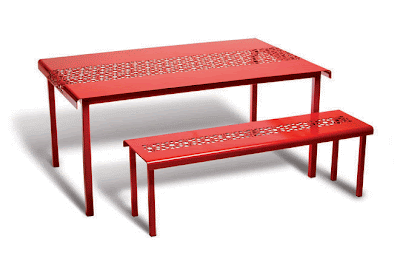The "bach" Marlborough Sounds, New Zealand
This title will mean little to you unless you happen to hail from the same part of the world as I. A bach in New Zealand is the name for a small holiday house. Sometimes known in Australia as a shack, in Southern New Zealand they say a crib and I'm sure around the world there are different names for the same thing.
The bach seems to be falling from favour replaced by the multi-bathroom holiday house but nothing will replace the bach in my heart.
This summer we are staying put here in Melbourne and I feel a little sad. My Christmases and summer holidays were spent as a child on the Kapiti Coast north of Wellington in New Zealand in a bach. A collection of old army huts. One hut was the kitchen and tiny living space ajoined by a covered walkway to the second which housed my parents and our bedroom separated by a curtain. The bathroom was primitive a basin and old shower, and the toilet was a very no frills affair - no flushing toilet here. Rain was collected from the roof for drinking and other water supplied by a pump which frequently broke down and that my father seemed to repair by smacking with a hammer and swearing while being bitten alive by mosquitoes. Fond memories indeed!
Alas alack my family now no longer has a bach but fortunately my partner's family do - in the Marlborough Sounds (pictured above) this too is a one roomed affair - sleeping up to 8 with two sets of bunks and a small fold out couch. It is reached by a nausea inducing drive on windy gravel roads (sometimes the topography of Australia is sheer relief).
What on earth has all this to do with garden design you may well ask but my summers at our bach was my introduction to the world of plants. I remember the plants so clearly - their location and their contribution to my world.
There was the red salvia next to the sandpit which we greedily sucked the nectar from. The lemon tree fuelled by horse manure. The walnut tree that was somewhat stunted by unsuitable sandy soil but was a lovely shady retreat and where I hung my hammock that I received for Christmas one year (but was plagued by aforementioned mozzies). The feijoa hedge (pineapple guava) which was not terribly good at fruiting but we nibbled on the delicious flower petals. The dreaded pampas grass which we delighted to play in despite it cutting us to shreds every time. My father's broad beans which were never picked early enough and we ate with some despair. The wattle tree which had sticky sap and brush like lemon flowers and cracking seed pods - all good for various games of imagination. The lupins with their yellow flowers. The poplar trees in the "dell" where my father pointed out to me a fairy's house - an upturned birds nest with a mushroom for a chimney (this lives in my memory but what is real and what is imagination I can no longer tell).
Now when we retreat we head to D's family bach. He has similar summer memories although I think plants feature less prominently for him - the land had previously been farmland and grass and gorse were the main features. Not so now - ironically due to the land being used for forestry - the protection these trees has afforded has allowed the native bush to regenerate in pockets and so with the return of the bush has been the return of the birds.
So with that thought of regeneration I wish you all a very Happy New Year for 2010 - thank you for visiting and for your thoughtful comments that raise my spirits all year round.





















































